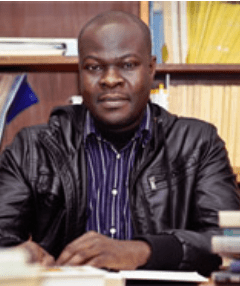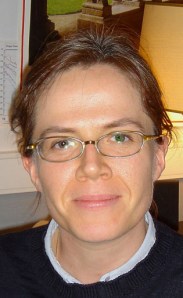
The author, overshadowed by nature in the Muir Woods on the California coast.
Jeff Winicour is a Professor of Physics and Astronomy at the University of Pittsburgh
Can the supertranslation symmetry of radiating spacetimes affect angular momentum loss?
That was the question on my mind when I went to a workshop at Berkeley, California last winter. I knew that the supertranslations were a global aspect of the gravitational memory effect, which produces a net displacement between particles after passage of a gravitational wave. What I didn’t know, and learned from David Garfinkle at Berkeley, was that there was an electromagnetic analog of radiation memory, which produces a momentum kick on test charges after passage of a wave. Surprisingly, this result has apparently gone unnoticed in Continue reading










You must be logged in to post a comment.